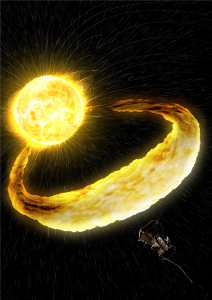From the first mission to space, scientists discovered that “Space Anaemia” was a condition that astronauts developed upon their return to Earth. Back on Earth, astronauts’ anatomy were studied in depth and were found to have reduced muscle strength, bone mass, and exhaustion. Upon further inspection, scientists and researchers found that 50% of red blood cells were destroyed in space and continued until the end of the mission. Why this occurs, is still left unanswered. However, the discovery of anaemia present in astronauts’ systems once returned to Earth is now being further studied as it may allow further insight for patients with the same conditions on Earth. Further studies were conducted to validate this notion; with blood and breath samples taken from the astronauts during their missions, researchers were able to measure the loss of red blood cells. The studies showed that upon arriving in space, more red blood cells are destroyed. Luckily, the human body is able to adapt and compensate quickly for this loss but it’s not yet known how long they can remain in this constant state of repairing itself. The astronauts in the study were found to have this accelerated red blood cell loss, even one year after their mission had concluded. With this in mind, researchers have set out to understand what causes the anaemia, if there is a possibility to treat it, and compare their findings with that to patients experiencing similar illnesses on Earth, such as Covid. With the acceleration of the anaemia, it will allow them to jump ahead, possibly years, in their research and see the progression and course that it will take.
Photo by: Charlie Helen Robinson








